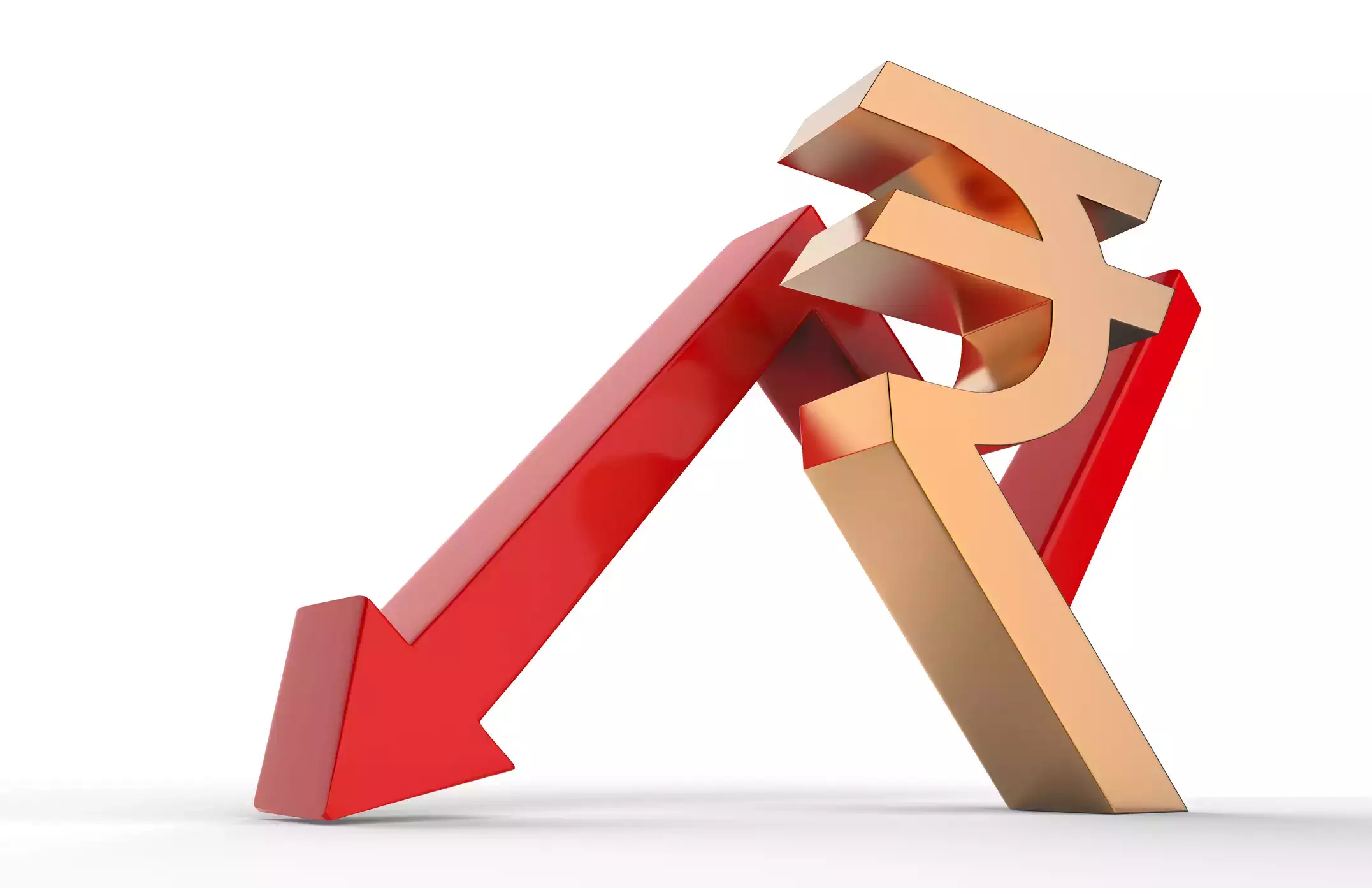 Experts suggest that the gain from a weaker rupee is minimal—typically only 0.1% to 0.3%—which might not be enough to offset inflationary pressures at home.
Experts suggest that the gain from a weaker rupee is minimal—typically only 0.1% to 0.3%—which might not be enough to offset inflationary pressures at home.The Indian rupee has reached a historic low against the US Dollar, sparking concerns over the country's economic stability and the potential impact on investors and consumers. On November 14, 2024, the rupee dropped to an all-time low of 84.40 against the dollar, exacerbating fears of a weakening currency amidst a volatile economic backdrop.
Several factors are contributing to the rupee's decline, including a global economic slowdown, rising crude oil prices, and ongoing foreign fund outflows. Concerns over India's current account deficit and the sluggish performance of the domestic stock market have also weighed heavily on the rupee’s value. Despite disappointing US economic data that led to a weaker dollar, the rupee’s fall persisted.
The Reserve Bank of India (RBI) has long been involved in managing the rupee's value through active intervention in the foreign exchange market. To stabilise the currency, the RBI often uses its foreign exchange reserves, purchasing dollars or selling rupees to curb excessive fluctuations. However, this can deplete the country’s foreign currency reserves, which have recently declined from over USD 600 billion at the start of the year to USD 580 billion.
Impact on investorsFor investors, the weakening rupee raises concerns over capital flows. A stronger US dollar may make dollar-denominated assets more attractive, leading to a shift away from Indian assets. On the other hand, some sectors in India could benefit from the rupee’s depreciation. For instance, industries such as textiles, manufacturing, and agriculture stand to gain from increased export revenue due to the weaker rupee.
The critical question now is whether the RBI should allow the rupee to depreciate further. While a weaker currency could boost exports, India faces challenges, including rising inflation and increasing food prices, that complicate this strategy. A weaker rupee might not deliver the desired benefits, as exporters may need to spend more on imported raw materials, offsetting the advantage of cheaper exports.
Experts suggest that the gain from a weaker rupee is minimal—typically only 0.1% to 0.3%—which might not be enough to offset inflationary pressures at home. As a result, the RBI is likely to continue using its reserves to stabilise the rupee, aiming to prevent further economic fluctuations and contain inflation.
Outlook for the rupeeWith global economic uncertainty and domestic challenges, the rupee’s future remains uncertain. The RBI faces a delicate balancing act, aiming to stabilise the currency without exacerbating inflation. As the rupee struggles against the dollar, the central bank’s interventions will be crucial in determining the currency's trajectory in the coming months.
